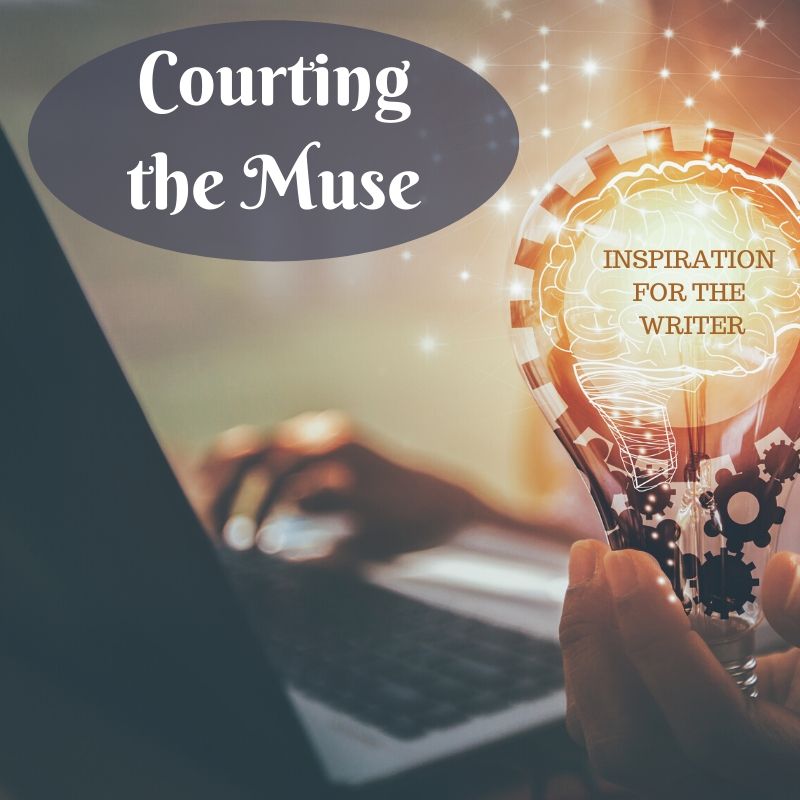Pilgrims travel to a martyr’s shrine, swapping stories on their journey to pass the time.
The freshly installed tenant of a rundown estate asks his housekeeper about the history of his troubled new home.
A sea captain writes to his sister about a disturbing encounter he had en route to the North Pole.
If you’ve got a taste for classic literature, you might recognize — in broad strokes, at least — the openings to some of English literature’s most notable works: The Canterbury Tales, Wuthering Heights, and Frankenstein. respectively.
All three of these classics show the power of frame stories at work. Also known as frame narratives, these introductory tales enclose another story (or set of stories), supporting and emphasizing them like gilded wood embracing a painting.
As you might have gathered from the examples above, a good frame story isn’t just a throat-clearing before the author begins to speak in earnest — a preamble to the story they really want to write.
For one thing, frame stories help orient the reader. Their protagonists are often as lost as we are, stumbling into astounding situations they don’t yet have the context to parse. The tenant arrives in the aftermath of Heathcliff and Cathy’s ruinous love; the sea captain rescues Dr. Frankenstein from the cold, long after the monster has already escaped his custody. As strangers to the scene, these baffled observers allow us to nestle into their curiosity and bewilderment, giving us a perspective to latch onto as we ease ourselves into the book.
Done right, frame narratives offer a way into the plots and characters they frame. But beyond that, they also offer occasions for storytelling — justification for each word that follows. Why am I reading this? What makes this important? These are the questions a good frame story will answer.
These days, I often find frame narratives in mystery novels and ghost stories, where they depict a naive outsider’s first encounters with the enigma at the heart of the work. But actually, I tend to stumble on my favorite frame narratives in a less intuitive genre: academic articles.
At its core, academic research isn’t unlike the plotting of mystery novels. The scholar-sleuth, encountering an ambiguity, undertakes an investigation. They work methodically through clues, subjecting them to rigorous analyses and synthesizing them through flashes of insight.
In my field of history, researchers don’t tend to present their findings in the form of conventional frame stories — that is, by narrating the discovery of their sources. However, historians often do deploy a rhetorical strategy that reminds me of the frame narrative at its best. In some of my favorite scholarly articles, the researcher begins with a punchy anecdote, a narrative that orients me to the concepts they’re working with and eases me into the analysis to come.
The book historian Susan Cherniack, for example, uses this technique with spare, elegant style in a classic 1994 study of textual transmission in Song China. The 120-page article opens on the striking story of “five [Song] woodblock-engravers who were struck by lightning after changing the texts of prescriptions in a medical book they had been engraving”. This startling one-liner gets right to the center of Cherniack’s inquiry: how texts change as they’re copied and circulated; which changes are “allowed” and which forbidden.
When Cherniack pulls this anecdote and places it at the beginning of her article, she’s crafting a narrative frame for her ideas, much like Mary Shelley opening Frankenstein on a sea captain’s rescue of a scientist. Cherniack doesn’t belabor her point — she moves on from this opening salvo quickly enough. But she does offer us a striking, narratively rich indication of why we should care about her study.
As fiction writers, we use our frame stories to introduce narrative, not argumentation. But examining how historians contextualize their arguments through storytelling can make us better storytellers too, by keeping frame stories compelling and tight.

Lucia Tang is a writer for Reedsy, a marketplace that connects self-publishing authors with the book industry’s best editors, designers, and marketers. To work on the site’s free historical character name generators, she draws on her knowledge of Chinese, Latin, and Old Irish — learned as a PhD candidate in history at UC Berkeley. You can read more of her work on the Reedsy Discovery blog, or follow her on Twitter at @lqtang.





No Comments